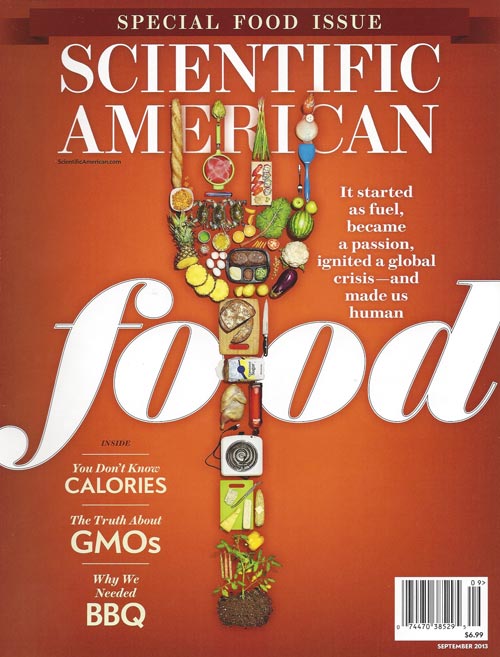

Our Local Food industry continues to grow and grow. We will soon overtake Los Angeles as the largest food producing and processing cluster in North America! But it is difficult to see from here. The American PBS television network highlighted our region in a recent half-hour show. (It highlights some of my clients.) The credit for this growth must be attributed to the amazing GTAAAC partnership of municipalities within the regions. With rural and urban partners working for mutual benefits, it is indeed possible to rebuild the dynamics that created great cities around the world.
This is being further supported by the new Premier of Ontario (who is also the new Minister of Agriculture). At first, farmer neighbours felt this turn of events would result in them being ignored even more than usual. But now they understand that having the urban media surrounding the Premier traipse around the countryside is a great way to reveal agriculture to urban customers.
It does not take an expert to observe that our food producing and processing capacity has been decimated over the past half-century. Our leaders have presumed we could rely on “efficient” global enterprises to feed us into the future. But it is now becoming clear that this assumption was fraught with errors. To assure food security into the next half-century, we need to rebuild a capacity to feed ourselves. Our new Premier/Minister of Agriculture, Kathleen Wynne, is putting programs into place that will enable the upcoming Local Food Act.
To assist producers, processors, organizations, and collaborators (which could include stores, distributors and food service), several generous capacity building funds have been launched to support local food. These were not designed to provide flashy new tractors and trucks, or greenhouses and processing lines, or additional land and inventory. The supports are meant to provide the mundane tools that will assist the industry in making better decisions. This is analogous to the Proverb: Give a man a fish and you feed him for a day; show him how to catch fish and you feed him for a lifetime.

These programs are designed to encourage innovation, market development, higher profits, and reduced risk. They offer cost-sharing to initiate “best business practices”. This includes professional skills training, assessments for projects, and complete business planning. The most commonly approved projects are Succession Planning, monthly Cash Flow projections, full Cost of Production analysis, and complete Business Plans. They will also contribute toward:
I have found that most farmers, distributors, processors and chefs are sufficiently proficient at the production aspects of their ventures. But too many fail to practice the fundamental business aspects of their enterprises. Initiating these practices provides the tools for profitable decision-making. It brings me great joy to witness how quickly clients can then turn a marginal initiative into a profitable enterprise. This knowledge will last a lifetime.
In the last few months I have set out to understand the intricacies of the following new cost-share programs:
All is not rosy. The intrusion of “dumped” imports (sold into Canada for less than in the originating country) keeps many prices below the cost of production. Consumers think they are eating cheaply, but their taxes non-transparently support illogical global trade activities that benefit only a few. It is promising to see that the Federal government is at least considering tariffs on cheap imported food. The widespread benefits of this would free-up funds to find alternate ways to assist our citizens obtain food that is priced high enough to fairly support our farmers.

The high cost of farmland is another complicated impediment. The Metcalf Innovation Fellowship has sponsored Sally Miller to investigate ideas, models, and practices that have the potential to lead to transformational change. Places to Farm – Alternative practices and policies for Ontario’s changing agricultural landscape, is her long-awaited treatise. With insight and commonsense we now have a guide for dealing with the very important access to land issues. I feel honoured to have been interviewed for this report.
Health Canada's Pest Management Regulatory Agency (PMRA) has finally made a statement: “Agricultural practices related to the use of neonicotinoid treated corn and soybean seed are affecting the environment due to their impacts on bees and other pollinators.”
Approximately 70% of the affected dead bee samples tested positive for residues of neonicotinoid insecticides. On the other hand, none of unaffected bees showed any neonicotinoids (with the exception of a very low level in one sample). One would think this would be sufficient evidence to take precautions and join European countries in banning use of these insecticides.
Unless we speak up, the PMRA will be doing nothing more in 2014 than:
The upside? This is yet one more nail in the coffin of the GMO industry. Toxins are required to make their system work. Eventually the public will realize that this enormously expensive experiment has cost our governments and our environment dearly; while only benefiting a half-dozen multi-national corporations in developing a mere half-dozen crops. The farmers who have been forced to use these products in order to remain viable on their farms are but the pawns in this giant experiment. We must take care not to blame them. On the other hand, our governments need to provide these farmers with an exit strategy as generous as they provided for the corporations to enter this fiasco.

The September issue of Scientific American is devoted to Food. There are so many fascinating articles to read in this issue that I encourage you to rush to your newsstand to purchase a paper copy. All that is available for free on the Internet are short teasers for the articles.
The LCBO’s lush Food & Drink magazine is only available in hardcopy. So pick up a free copy of the 20th Anniversary Issue. It includes a feature of 20 things their editors love. They honoured me as one of them. Thank you! (It only seems like yesterday that I was featured in the very first issue.)
Another wonderful food magazine is Edible Toronto, free at fine food stores throughout the region. I continue to submit The Artisanal Gardening articles in every issue. This Fall you can learn why North American Chard is prefixed with Swiss. I love the velvety feel of the FSC recycled paper, the clean aroma of the waterless (environmentally friendly) vegetables inks, and the warm colours of real lithograph printing.
| forward to a friend and suggest signing up to receive this newsletter every month. |